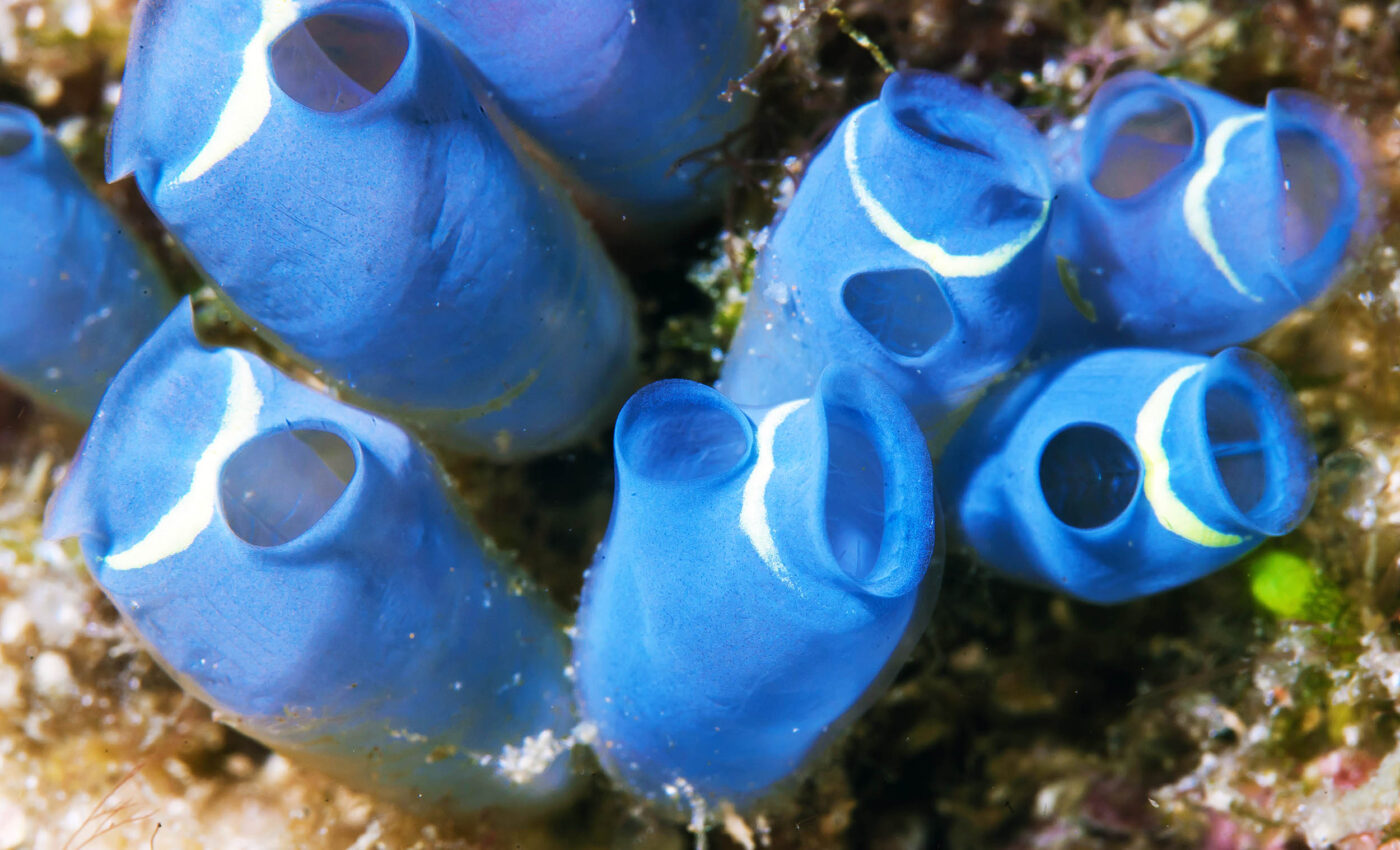
Sea squirts and the future of cancer treatment drug trabectedin
Sea squirts, unassuming marine organisms, are at the forefront of a revolutionary cancer treatment strategy. Scientists are testing a promising drug called trabectedin, which is derived from the the sea squirt species Ecteinascidia turbinata.
In the relentless battle against cancer, the quest for drugs capable of halting cancer cells by targeting their DNA is paramount. Yet, these cells often devise strategies to repair the damage caused by such drugs, diminishing their effectiveness.
As a result, the medical community is increasingly turning to precision medicine. This innovative approach tailors treatments to the unique genetic makeup of an individual’s cancer. It shows significant promise against forms resistant to traditional therapies.
Trabectedin, sea squirts, and cancer
At the heart of this important research is trabectedin, a promising drug derived from the sea squirt Ecteinascidia turbinata. Trabectedin stands out as a beacon of hope for cancers that have become resistant to conventional treatments.
The enigma of trabectedin’s mechanism of action was deciphered through the collaborative efforts of Dr. Son Kook and Professor Orlando D. Schärer from the Center for Genomic Integrity at the Institute for Basic Science in South Korea, alongside Dr. Vakil Takhaveev and Professor Shana Sturla from ETH Zurich, Switzerland.
Targeting DNA in cancer cells
Their pioneering research revealed that trabectedin induces persistent DNA breaks in cancer cells. This phenomenon notably occurs in cells with robust DNA repair mechanisms, especially those using the transcription-coupled nucleotide excision repair (TC-NER) pathway.
TC-NER is crucial for detecting DNA damage during transcription and initiating the repair process. Trabectedin disrupts this repair process by targeting two key enzymes, ERCC1-XPF and XPG, preventing the completion of the repair mechanism. This disruption leads to enduring DNA breaks, culminating in the death of the cancer cells.
Through these insightful discoveries, sea squirts have become an unlikely ally in the ongoing war against cancer. These findings demonstrate the vast potential of the natural world in developing life-saving treatments.
Innovative method of TRABI-Seq
The team’s research delved further into the distribution of these DNA breaks. They found that the breaks occur throughout the genome but are concentrated at sites of active transcription where TC-NER is most prevalent.
This insight was pivotal in developing a novel method known as TRABI-Seq (TRABectedin-Induced break sequencing). TRABI-Seq pinpoints the specific locations within the DNA where trabectedin exerts its effects.
Dr. Son Kook elaborates, “This incision by ERCC1-XPF creates a notable free hydroxyl group in the DNA, allowing us to sequence the DNA and precisely locate these breaks.”
Sea squirts and the therapeutic promise of trabectedin
The application of TRABI-Seq across various cancer cells is paving the way to understand trabectedin’s effectiveness in targeting tumors with advanced DNA repair mechanisms.
These tumors often have high transcription levels due to the activation of oncogenes. The insights from this research position trabectedin as a valuable predictive marker for identifying susceptible cancers.
They also establish it as a viable therapeutic option for precision medicine. Trabectedin offers new hope by targeting tumors resistant to traditional treatments, especially those with active DNA repair mechanisms.
Through meticulous research and collaborative effort, the scientific community continues to unlock the secrets of cancer treatment. The journey of trabectedin, from a compound found in sea squirts to a potential lifesaver, exemplifies the innovative pathways being explored to conquer cancer.
The full study was published in the journal Nature Communications.
—–
Like what you read? Subscribe to our newsletter for engaging articles, exclusive content, and the latest updates.
Check us out on EarthSnap, a free app brought to you by Eric Ralls and Earth.com.
—–













